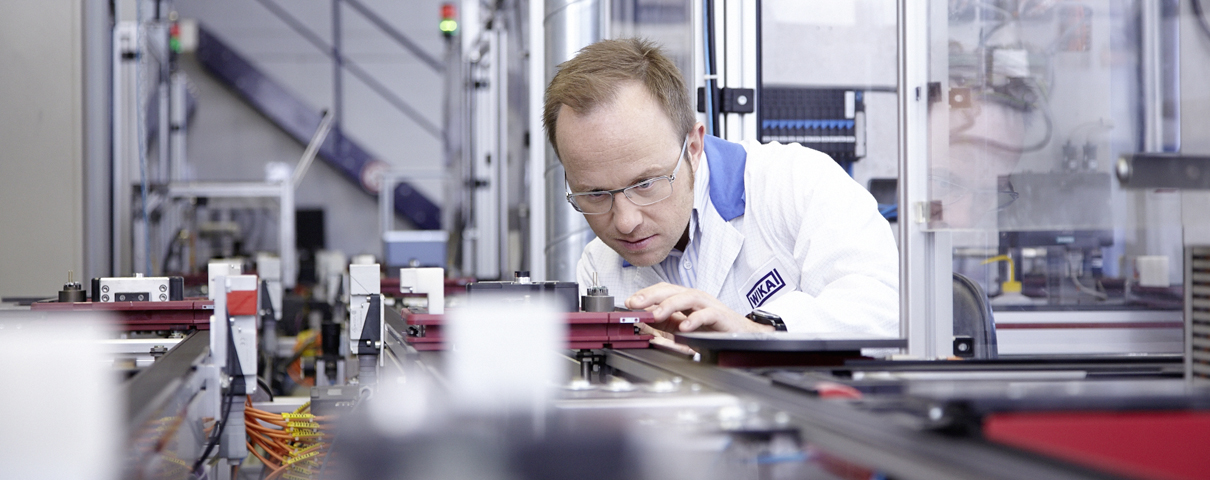Operators of steam methane reformers have various methods at their disposal for measuring tube wall temperature, but the best solution for accurate and continuous temperature measurement are surface thermocouples. The furnace tubes of a steam methane reformer (SMR) …
high temperature
Venturi Nozzles Improve Flow Distribution, Reduce Uneven Coking During Ethylene Production
Alina Green | Applications, FlowVenturi nozzles help regulate feedstock flow rates in order to minimize uneven coking inside the radiant tube walls of furnaces. Along with tubeskin thermocouple assemblies, Venturi nozzles enable ethylene crackers to operate more efficiently. Refineries and …
Reasons for Choosing a Liquid-Filled Industrial Pressure Gauge
Hardy Orzikowski | Know-how, PressureLiquid-filled gauges surpass dry gauges for two main reasons: performance and extended service life. Pressure gauges that are filled with a liquid, usually glycerin or silicone oil, perform better in less-than-ideal conditions. They are also more economical in the long …
8 Common Reasons For Pressure Gauge Failure
Hardy Orzikowski | Know-how, PressurePressure gauge failure can be attributed to one or more of these eight reasons: mechanical vibration, pulsation, extreme temperature, pressure spikes, overpressure, corrosion, clogging, and mishandling/abuse. Pressure gauges are an integral part of an …
Diaphragm Seals: Types, Uses, and Applications
Chi-Che Ma | Know-how, PressureCertain process media can damage pressure gauges, which, in turn, can contaminate clean process media. By using a diaphragm seal as a protective barrier, plant operators save time and money by avoiding instrument damage, batch losses, and expensive downtime. If …






